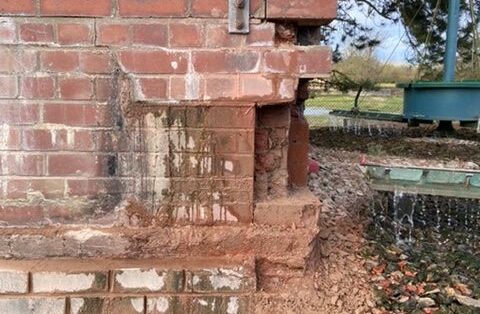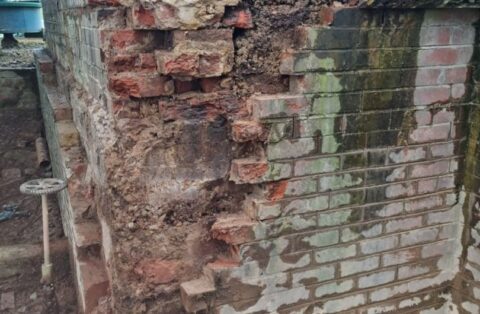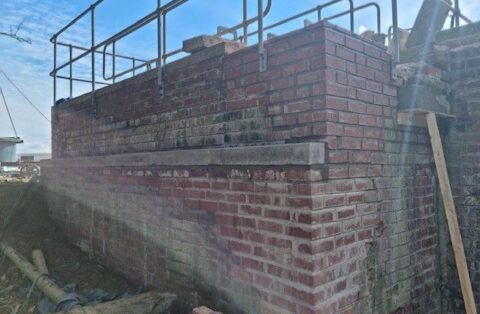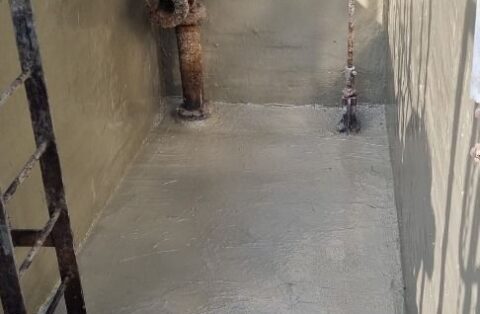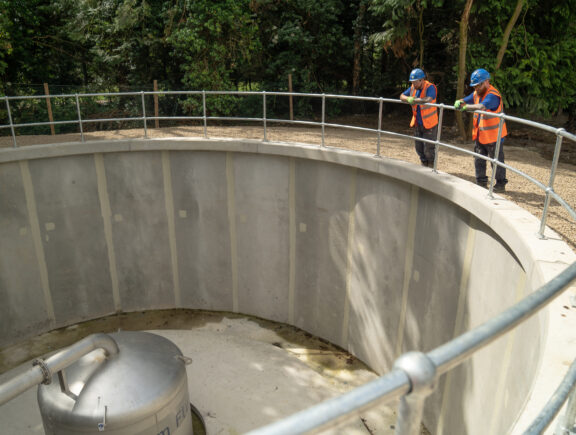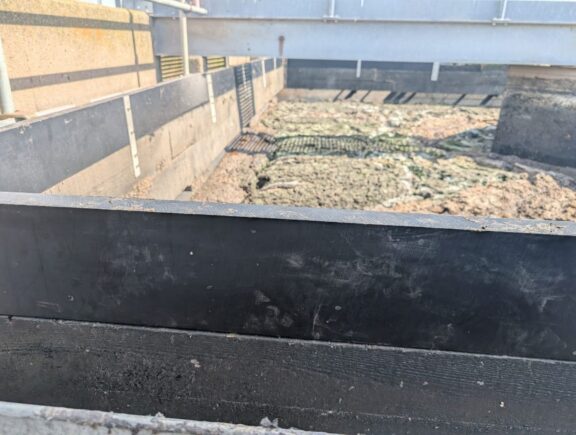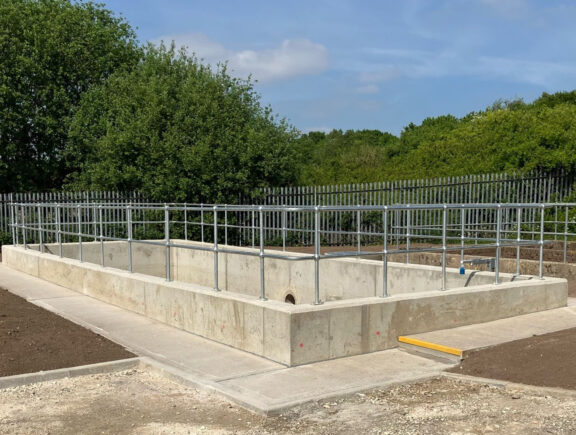Project in numbers
£1.1m the approximate cost saving to our client from competing the refurbishment
<£100k the cost of the works to bring the tanks to an operable standard for a comparable number of years
The need
Due to natural ageing, our client required a solution to repair or replace two tanks that were leaking effluent into the surrounding land and stream.
The tanks, which were built in the 1970s, were designed to treat approximately 20m3 of foul water per day, however the true current processing amount is around 50m3. The site serves Duggleby and the surrounding area which has a population of 174,000.
The tanks could no longer cope effectively with demand.
The solution
The cost to demolish and rebuild the tanks would have exceeded £1 million and would have been highly carbon intensive. The decision to refurbish the tanks significantly reduced costs and carbon emissions.
The works included dismantling areas of degraded brickwork and minor collapse around each tank and rebuilding the brick sides in localised areas. To avoid interrupting the wastewater processing, we took one tank out of service at a time to enable us to complete the internal repairs.
We applied a corrosion-resistant waterproofing system to prevent further degradation. These products were selected to protect the tank structure from microorganisms and gases that exist within raw sewage and ‘attack’ the internal surfaces of the tanks.
Once the two tanks were complete, we refurbished the inlet chamber using the same methodology. Finally, we re-fitted the surrounding scum boards with new fixings and installed a new handrail around both tanks.
Solar-powered welfare units and battery powered hand tools were also used to further reduce carbon emissions on site.
As the inlet chamber feeding both tanks was closed off for a limited time period each day, the work was carried out quickly.
The benefits
- Refurbishing the brick tanks removed the need to build – saving time, reducing carbon emissions, and costing a fraction of the price; saving our client over £1 million.
- The restoration preserved the original brick structure, which would have been cost-prohibitive if building a new tank, and will result in a significantly longer lifespan than a replacement concrete or steel tank.
- The specialist coatings we applied effectively protect the tanks from future degradation and allow the tanks to run freely, reducing the frequency that cleaning is required.
- The full refurbishment has restored the tanks to optimum functionality, so they can once again effectively process effluent at the required limits.

